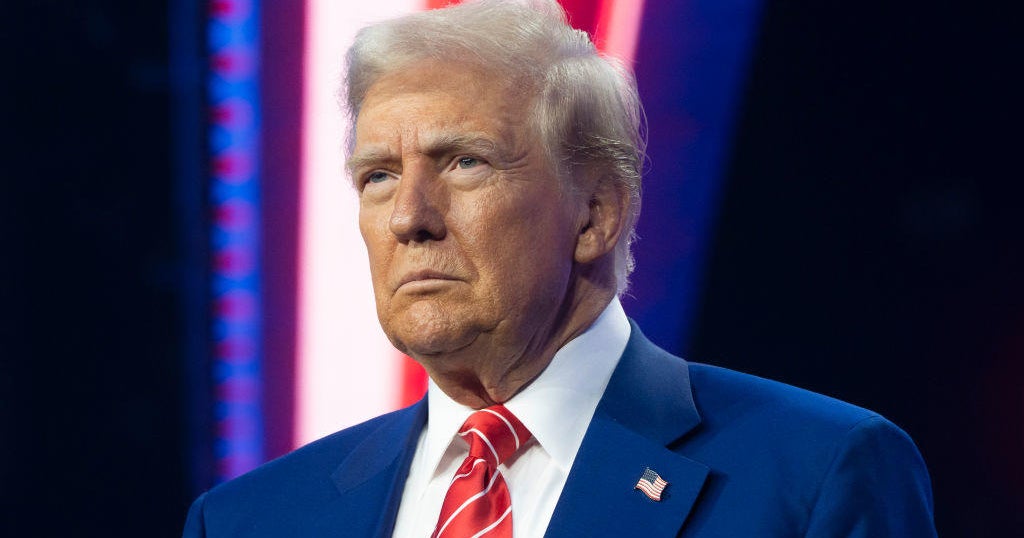Trump's trade stance seen as top risk to U.S. economy
President Donald Trump's dramatic changes in trade policy, led by tariffs that have enraged allies and foes alike, are the biggest threat to a U.S. economy that's "firing on all cylinders," according to some economists. "It might feel like a party in the USA, but the risks are brewing," wrote Gregory Daco, chief economist for Oxford economics, in a recent note. Topping the list? The Trump administration's tariffs.
Daco is part of a growing list of economists and officials concerned about signs of "growth fatigue." Here are four worrying trends and one that's hopeful:
Rising trade tensions in a softening global economy
Trump's steel and aluminum tariffs, at 25 percent and 10 percent, respectively, went into effect June 1 for most countries, with Mexico, Canada and the EU promptly announcing retaliatory measures. The Trump administration is set to impose a $34 million in tariffs on imports from China on July 6. China has said it would immediately retaliate.
And Mr. Trump's proposed tariffs on imported autos and auto parts have everyone from politicians to businesses usually supportive of Republican policy -- including carmakers like GM -- up in arms.
"News on the trade front has been concerning with the administration implementing or threatening to implement various protectionist measures," Draco wrote. While each is small, disruptions to the supply chain and increasingly uncertain business conditions could "spell trouble for the U.S. economy," he wrote.
His comments align with a growing chorus of economists, including Deutsche Bank's Torsten Sløk. "Further escalation may hurt growth by impacting confidence or tightening financial conditions," Sløk said in a recent note. "We view substantive escalation of trade disputes, leading to unilateral imposition of further tariff and non-tariff barriers, as a real possibility."
Economic boosts via tax cuts and budget statutes end soon
The recent federal tax cuts and budget measures "will dissipate through 2019, and 2020 could feature a fiscal cliff," Oxford's Daco wrote.
Investors shouldn't expect more tax cut stimulus for businesses, analysts at Height Capital wrote in a recent note. Even if a follow-up tax cut bill is produced in the House, dubbed "tax reform 2.0" by House Ways and Means Chairman Kevin Brady, R-Texas, a similar bill "is not going anywhere in the Senate," the analysts wrote.
Consumers dipped into savings in the past two years
"This is particularly troubling for low/middle income families who are increasingly exposed to confidence and energy price shocks," Oxford's Daco wrote. Couple that with higher gasoline prices, and households are likely to slow down their spending.
"This greater dissaving by lower income individuals points to nascent cracks in the main pillar of the U.S. economy, and greater exposure to external shocks," Daco wrote.
A more "hawkish" Fed means higher borrowing costs
As the Federal Reserve seeks to combat still-sleepy inflation with slowly rising interest rates, financial conditions will eventually tighten. If the Fed moves too fast, markets would react and "constrain private sector activity," Daco wrote.
But ... economic conditions are still decent
The U.S. economy remains fundamentally sound, Daco noted. He pointed to a 20-year-low unemployment rate, growing GDP, "elevated confidence," lower taxes after last year's legislation, "still-low" interest rates, and moderate inflation.



